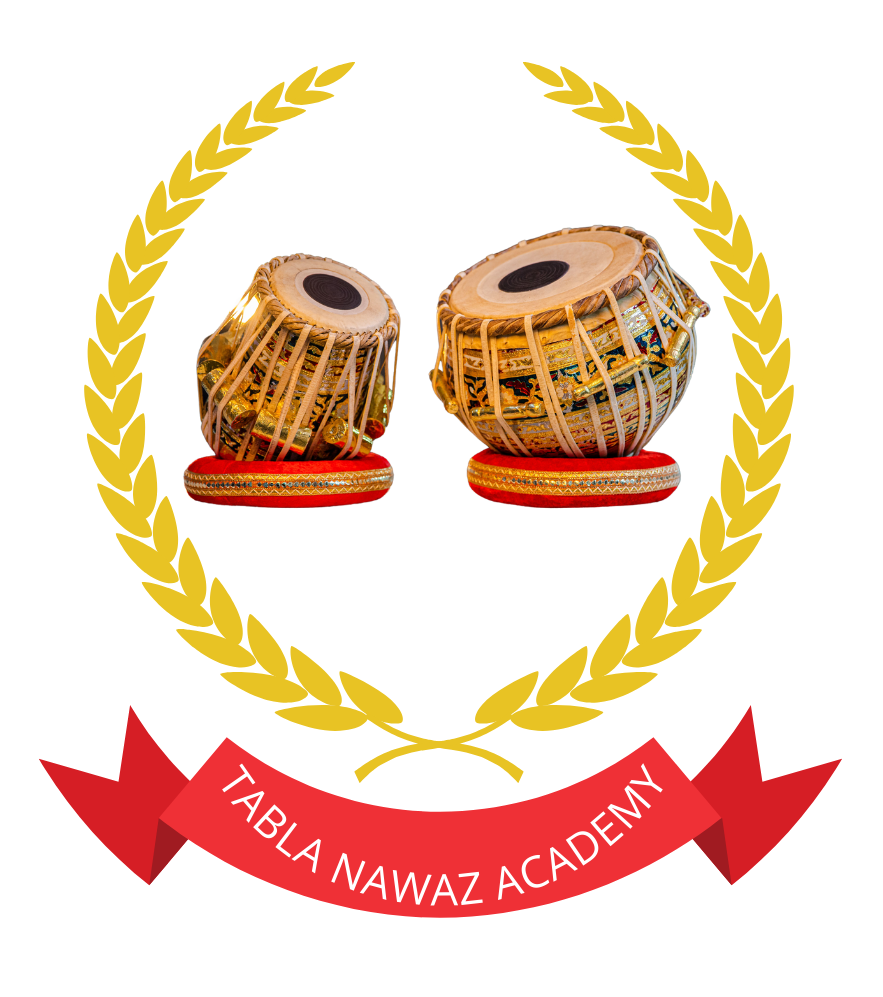keherwa Taal Theka, Keherwa Taal is an 8-beat (Matra) rhythmic cycle commonly used in Indian classical, semi-classical, and folk music. It is structured in two divisions (Vibhag) of 4 beats each, with a Tali (clap) on the 1st beat and a Khaali (wave) on the 5th beat. The most common theka (basic pattern) for Keherwa Taal Keherwa Taal is widely used in genres such as bhajans, ghazals, folk songs, and Bollywood music due to its simple yet versatile structure, making it suitable for both fast and slow tempos.
Introducing the-

https://www.youtube.com/@BhagawanSingh
https://www.facebook.com/sbsinghtablaguru
Keherwa Taal is one of the most popular and versatile Taals in Indian classical, semi-classical, and folk music. With 8 beats (Matras), it provides a simple yet highly adaptable rhythmic structure that is used across various genres like bhajans, ghazals, qawwalis, Bollywood songs, and folk tunes.
Structure:
- Matras (Beats): 8
- Divisions (Vibhag): 2
- Tali (Clap): On the 1st beat
- Khaali (Wave): On the 5th beat
Common Theka (Basic Pattern):
Copy code
Dha Ge Na Ti Na Ka Dhin Na
Breakdown of Keherwa Taal:
- First Vibhag (1-4 beats):
- Dha Ge Na Ti
- This section is typically played with a distinct clap (Tali) on the 1st beat (Dha).
- Second Vibhag (5-8 beats):
- Na Ka Dhin Na
- This section starts with a khaali (wave) on the 5th beat (Na).
Variations:
Keherwa Taal can be modified in various ways depending on the tempo (Laya) and style. It can be played in:
- Vilambit Laya (slow tempo) for devotional songs, qawwalis, and classical performances.
- Madhya Laya (medium tempo) for lighter classical forms like ghazals and semi-classical music.
- Drut Laya (fast tempo) for folk songs and fast-paced Bollywood numbers.
Applications:
- Bhajans: The gentle, soothing rhythm of Keherwa makes it ideal for devotional songs.
- Ghazals and Qawwalis: The flexibility of Keherwa allows for the improvisation required in these forms.
- Folk Music: It’s widely used in regional music traditions such as Bhojpuri, Punjabi, and Rajasthani folk.
- Bollywood Songs: Due to its straightforward structure, Keherwa Taal has found extensive use in Bollywood music.
Examples in Bollywood:
Songs like “Chaudhvin Ka Chand Ho,” “Tum Hi Ho Bandhu,” and “Kajra Re” are popular examples where Keherwa Taal is used effectively.
Flexibility in Performance:
Musicians often add variations, fillers, and syncopations to the basic theka of Keherwa Taal, creating more intricate and lively rhythms. It serves as a foundation for improvisations in instrumental and vocal performances.
In conclusion, Keherwa Taal’s simplicity combined with its adaptability makes it a cornerstone of Indian music, providing the rhythmic framework for countless compositions across classical, semi-classical, and popular music genres. This is a PDF file, you can download also.

